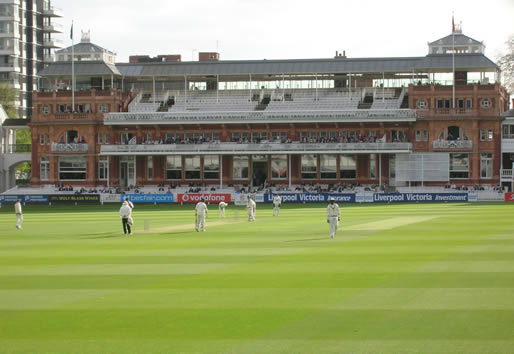
Lord's, the home of the wonderful game of cricket (pictured is the Middx v. Kent game which I caught a couple of overs of), played host to Bibendum's fabulous Bordeaux 2005
en primeur tasting today. Never has a merchant in the UK undertaken such an extensive tasting of en primeurs before, such a short time after the official en primeurs in Bordeaux, giving customers a chance to try before they buy. As well as showing their 2005s, the Chateaux represented also showed a couple of other recent vintages, in most cases the 2004 plus one other.
I arrived early and managed to grab a 30 minute interview slot with Christian Seely before things got underway. In my short career of assessing young Bordeaux (which began with 2002), this is the best vintage yet. From the quality of the samples, this may have been the best Bordeaux vintage in our generation. Great purity and concentration of fruit allied with good structure, almost across the board.
Of the 2005 wines I tried, the following are my favourites:
Gruaud Larose 2005
(£250–400)
Georges Pauli is very happy with this vintage, and especially because he’s made 250 000 bottles of what looks set to become a stunning effort. On the nose there’s no trace of oak: it’s all perfumed, violetty, pure fruit. The palate is structured with firm tannins and shows lovely forward fruit, too. It’s nicely proportioned despite its massive concentration. A brilliant wine. 94–97
Cantenac Brown 2005
(£180–270)
Great value. A bold, dense, structured, almost earthy style. Concentrated and currently fiercely tannic. A lovely burly wine with great concentration of fruit. 93–95
Pichon Baron 2005
(£400–600)
Lovely freshness to the fruit here: it’s rich, intense and vivid with more red fruit than black. Lots of concentration on the palate: a big style with masses of fruit and tannin. Quite classically styled despite the intensity. 93–95
Leoville Barton 2005
(£400–600)
Lovely forward dark fruits nose: fresh, focused and perfumed. The palate shows a bit of roasted oak and a lovely weight of pure fruit, with great concentration and firm tannins. Spicy finish. Oak is a bit prominent at the moment. 92–95
Haut Bailly 2005
(£220–260)
Great value. Veronique Sanders says that her grandfather thinks this is one of the best Haut Bailly ever made – and she thinks it’s like a wine ‘we never did’. It has amazing balance and purity. Quite elegant and perfumed. The palate is on the light side but shows lovely clean, pure fruit with nice structure (fine but firm tannins allied with good acid). A bright, pure style of good potential. 92–94
Langoa Barton 2005
(£250–350)
Lovely vivid pure sweet red and black fruits nose. There’s some chocolatey richness, but it’s in balance. The palate is concentrated and pure with nice oaking and smooth, firm tannins. A really nice wine. 92–94
Smith Haut Lafitte 2005
(£250–350)
Deep coloured. Lovely fresh perfumed red and black fruits nose, which has some sweetness. The palate is structured with lovely vivid bright fruit. Brilliantly proportioned: a lovely wine. 92–94
Brainaire Ducru 2005
(£190–250)
Quite a distinctive, fresh style. Deep coloured. Really bright, focused fruit with high acidity and a really fresh character. With the combination of acidity, tannins and fresh pure fruit this should age brilliantly. 92–94
Pavie Macquin 2005
(£300–400)
This striking wine is likely to be quite controversial, and while I suspect traditionalists will hate it, the quality is there. Seriously intense nose of raspberry jam—vivid, perfumed and quite sweet. Very intense palate with massive concentration of fruit, pure and bright, with good structure. Unusual but lovely, in its style. 92–94
Cantermerle 2005
(£150–200)
Good value. Nicely proportioned wine with appealing sweet dark fruits nose, and a fresh spicy edge. The palate is concentrated and rich with pure fruits combined with firm tannins and good acidity. 92–94
Canon La Gaffalière 2005
(£300–500)
Containing a high proportion of Cabernet Franc (45%). Pure, elegant sweet ripe fruit on the nose. The palate is structured and quite elegant with nice fruit and good savoury structure. A classically styled wine. 90–93
Sociando Mallet 2005
(£220–300)
Very rich, sweet, dark roasted spicy nose. The palate shows a lovely concentration of sweet pure fruit with oaky warmth and firm, fine tannic structure. A lovely wine. 91–93
Aiguilhe 2005
(£100–150)
Great value. 80% Merlot and 20% Cabernet Franc from limestone soils. Very deep colour. Wonderful purity of fruit on the nose, with a lovely minerally edge to the dark fruits. The palate is concentrated, rich and dense with lovely purity and nice spiciness. Brilliant stuff: modern, but lovely. 90–92
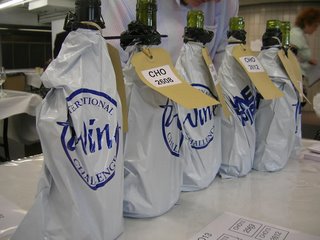 This year, the International Wine Challenge has undergone a degree of reinvention, and it's now better than it's ever been. New chair people Sam Harrop and Tim Atkin have been added, complementing the existing duo of Charles Metcalfe and Derek Smedley; Robert Joseph has stepped down.
This year, the International Wine Challenge has undergone a degree of reinvention, and it's now better than it's ever been. New chair people Sam Harrop and Tim Atkin have been added, complementing the existing duo of Charles Metcalfe and Derek Smedley; Robert Joseph has stepped down.
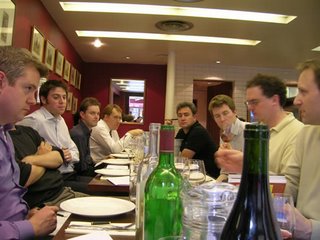

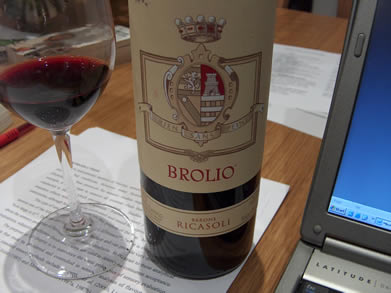
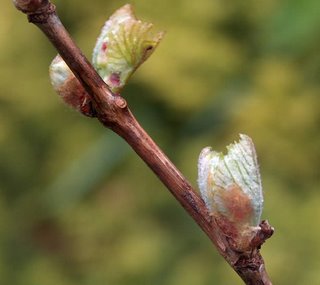
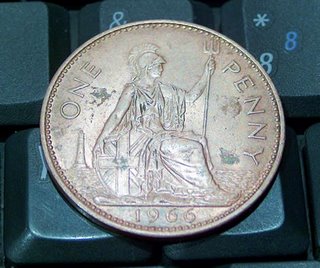
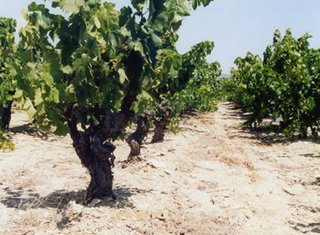
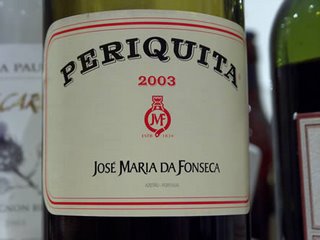
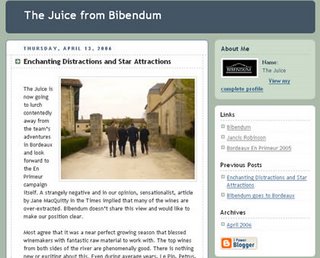
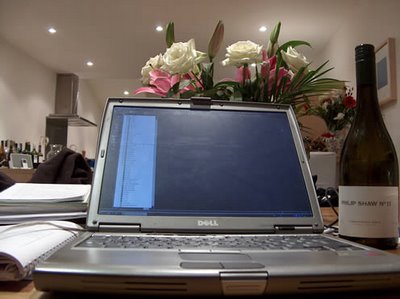
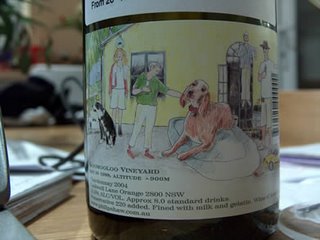
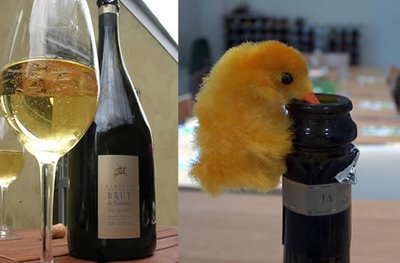


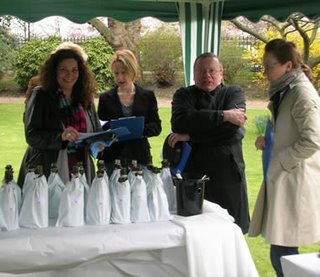
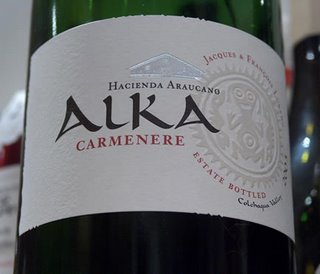
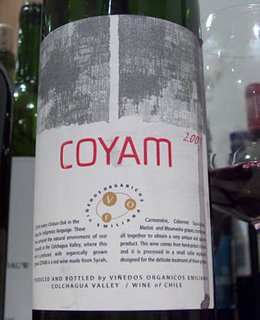


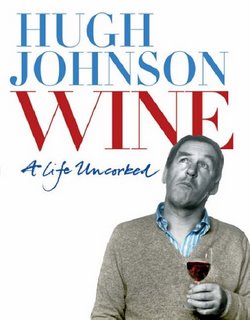
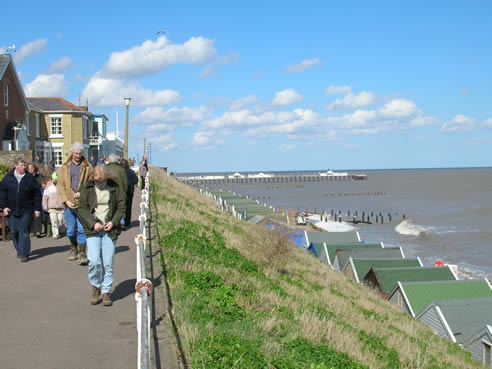
 The web log of wine journalist Jamie Goode. Feel free to nose around; your comments are welcome
The web log of wine journalist Jamie Goode. Feel free to nose around; your comments are welcome 
